What is Microsoft Azure Development? Services, Benefits & Insights
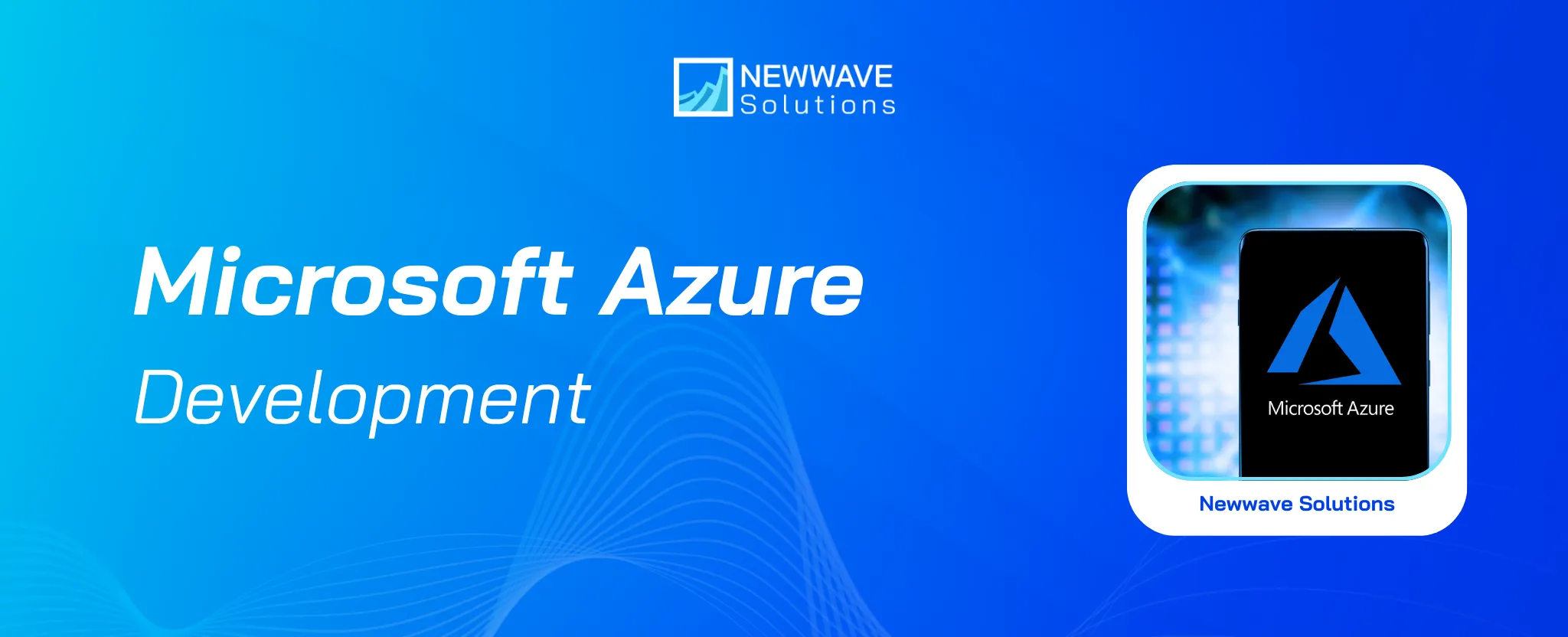
In the evolving landscape of enterprise technology, Microsoft Azure development has emerged as a powerful catalyst for innovation and growth. But beyond the technical jargon, what does it truly offer your business? This guide delves into the strategic advantages of Azure, exploring how its integrated cloud services, AI capabilities, and seamless compatibility with the Microsoft ecosystem can optimize operations, reduce costs, and create a tangible competitive edge in your market.
What is Microsoft Azure?
Microsoft Azure (Azure) is a comprehensive global cloud computing platform created by Microsoft, first launched in 2010. It provides access to over 200 integrated services, including computing, analytics, storage, and networking, which all available on a pay-as-you-go basis. Fundamentally, Azure offers an alternative to the traditional model of buying and maintaining physical on-premises servers. It represents a shift from a capital expenditure (CapEx) model to an operational expenditure (OpEx) model, enabling businesses to rent computing power and services as needed, scaling up or down in real time.
According to Magic Quadrant for Cloud Platform Services, Microsoft Azure is consistently ranked as a Leader, second only to AWS in global market share but often preferred by enterprises for its strong hybrid capabilities, enterprise integration, and advanced AI toolsets.
What is Microsoft Azure Development?
Microsoft Azure Development is the practice of designing, building, deploying, and managing applications and services that leverage the Azure cloud platform. It goes far beyond simply hosting a website on a virtual machine.
It encompasses a modern approach to software creation that utilizes Azure’s vast ecosystem to:
- Architect for the cloud: Designing scalable, resilient systems using services like Azure Kubernetes Service (AKS) and Azure App Service.
- Integrate intelligence: Embedding pre-built AI capabilities from Azure AI Services (like vision and speech APIs) or building custom machine learning models with Azure Machine Learning.
- Automate operations: Implementing DevOps and CI/CD pipelines using Azure DevOps to automate testing, deployment, and infrastructure provisioning.
- Ensure security and compliance: Building with security-first principles using Azure Active Directory for identity and Microsoft Defender for Cloud for unified security management.
In essence, Azure development is the process of turning the platform’s raw capabilities into tangible business outcomes: faster time-to-market, reduced total cost of ownership (TCO), and the creation of secure, globally scalable applications that can operate across hybrid and multi-cloud environments. For organizations seeking measurable outcomes, Azure development services turn these capabilities into real results: faster releases, lower TCO, and resilient, compliant systems across hybrid and multi-cloud.
Core Microsoft Azure Services
Microsoft Azure platform has since evolved into a vast ecosystem with 200+ products and cloud services designed to solve today’s challenges and create the future. This includes everything from AI and machine learning services to Internet of Things (IoT) platforms, robust analytics tools, and world-class security solutions. However, most of nearly 200 products and cloud solutions are built on a powerful foundation of five core service categories as below:
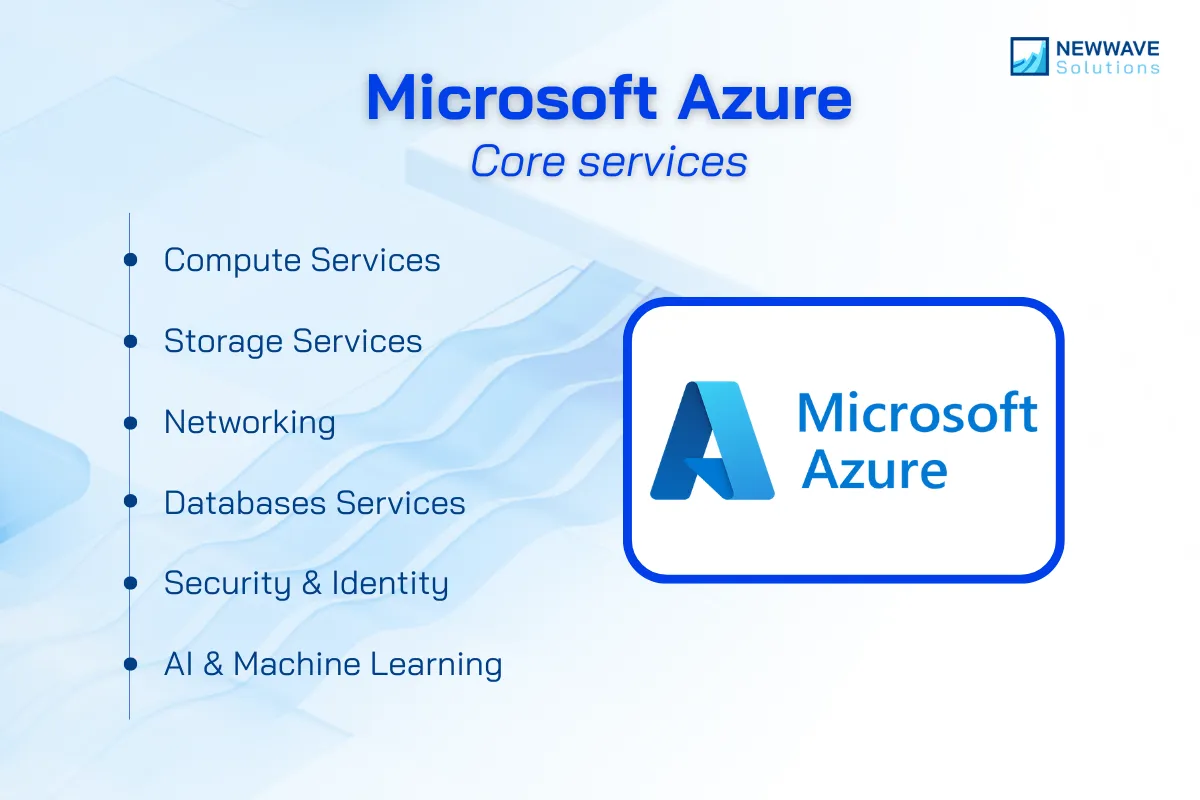
1. Compute Services
This services is the “muscle” of the cloud—the services that run your code and applications:
Virtual Machines (VMs): The foundational building block. These are traditional Windows or Linux servers in the cloud, giving you full control, ideal for lifting and shifting existing applications.
App Service: A fully-managed platform for hosting web applications and APIs. It’s the go-to for developers who want to focus solely on their code without worrying about the underlying servers, patching, or infrastructure management.
Azure Kubernetes Service (AKS): The premier solution for managing containerized applications. If you’re modernizing apps with Docker and Kubernetes, AKS simplifies the orchestration and scaling of your containers.
Azure Functions: The key to “serverless” computing. You simply write a piece of code, and Azure runs it automatically in response to an event (like a file upload or a message), charging you only for the exact seconds your code executes. Perfect for automating tasks and building microservices.
2. Storage Services
Every application needs a place to keep its data reliably and securely. Azure offers a variety of storage solutions for different needs, including:
Blob Storage: The solution for massive amounts of unstructured data—like images, videos, documents, and backup files. It’s highly scalable and cost-effective.
Disk Storage: This is simply persistent hard drives for your Azure Virtual Machines. It provides the high-performance storage your VMs need to run operating systems and applications.
Azure Files: Provides fully managed file shares in the cloud that you can access from anywhere using the standard SMB protocol (just like a typical Windows network drive). Ideal for migrating legacy applications that rely on file shares.
Azure SQL Database: A fully-managed relational database service. It handles all patching, updates, and backups automatically, allowing you to run a high-performance SQL database without any of the usual administrative overhead.
3. Networking
These services control how your applications communicate with each other and the world, ensuring everything is secure and performant, including:
Virtual Network (VNet): The fundamental logical isolation boundary for your Azure resources. It’s your own private, secure section of the Azure cloud where you can place VMs, apps, and databases to communicate securely with each other.
Load Balancer: Automatically distributes incoming network traffic across multiple servers. This ensures no single server becomes overwhelmed, maximizing capacity and keeping your application highly available and responsive.
Content Delivery Network (CDN): A global network of edge servers that caches static content (images, CSS, videos) close to your users. This drastically reduces load times and improves the experience for a global audience.
4. Databases Services
Beyond core storage, Azure offers powerful, fully-managed database services for specific data models and performance needs, they are:
Azure Cosmos DB: A revolutionary globally-distributed database service. It’s designed for applications that need millisecond response times and guaranteed performance anywhere in the world, making it a top choice for modern, scalable apps.
Azure SQL Database: (As above) The flagship managed relational database, perfect for most traditional applications that require a solid, SQL-based backend.
Azure Database for PostgreSQL/MySQL: Fully-managed versions of these popular open-source databases. They provide the benefits of the open-source tools you love, but without the operational burden of managing the database servers yourself.
5. Security & Identity
This category is the gatekeeper, ensuring only the right people and systems have access to the right resources, it is:
Azure Active Directory (Azure AD): The heart of identity and access management in the Azure universe. It’s far more than just a directory; it’s a full identity service that provides single sign-on, multi-factor authentication (MFA), and governs secure access to all your cloud and on-premises applications.
6. AI & Machine Learning
For AI development services, Azure services are designed to democratize artificial intelligence, making it accessible to every developer and tailored for every business scenario. They transform raw data into predictive insights and interactive experiences, moving beyond simple analytics to create applications that can see, hear, speak, reason, and make predictions.
Azure AI key services & what they enable include:
Azure Machine Learning (Azure ML): This is the central, enterprise-grade platform for the end-to-end ML lifecycle. It provides a collaborative workspace for data scientists to build, train, deploy, and manage machine learning models at scale. Its key advantage is MLOps—automating the workflow from model creation to deployment and monitoring, ensuring models remain accurate and reliable in production. It’s for creating custom intelligent solutions, like predicting equipment failure or forecasting inventory demand.
Azure AI Services (Pre-built AI APIs): These are ready-to-use, pre-trained AI models accessible via simple API calls. They allow developers to add sophisticated intelligence to applications without any machine learning expertise:
- Vision: Azure AI Vision for image analysis and optical character recognition (OCR), and Azure Face service for facial recognition (with responsible AI safeguards).
- Language: Azure AI Language for sentiment analysis, key phrase extraction, and translation.
- Speech: Azure AI Speech for speech-to-text, text-to-speech (with neural, natural-sounding voices), and speech translation.
- Decision: Azure Anomaly Detector to identify unusual patterns in time-series data, and Azure Content Safety to detect harmful content.
Azure OpenAI Service: This service provides managed, secure, and compliant access to powerful large language models (LLMs) from OpenAI, like GPT-4. It allows enterprises to build cutting-edge generative AI applications—such as advanced chatbots, content generation tools, and code generation assistants—within the trusted Azure security and compliance framework.
Azure Cognitive Search: This is a specialized AI-powered search service for developing sophisticated, personalized search experiences over private, heterogeneous data. It uses natural language processing to understand intent and can index and search unstructured text, extracting key information and returning relevant results. It’s the technology behind intelligent search bars in corporate knowledge bases or e-commerce sites.
Why choose Azure for your business?
Azure is a business enablement platform that accelerates efficiency, innovation, and competitiveness. Let’s break down the core strategic business value if choosing this platform:
1. Optimization of Operations
Azure automates and streamlines traditionally manual and time-consuming IT operations. Services like Azure Automation, Azure Monitor, and Azure Advisor provide deep insights into resource performance, identify optimization opportunities, and can automatically apply patches or scale resources without human intervention.
This shifts the IT team’s role from routine maintenance and firefighting to strategic innovation. The benefits from reduced operational overhead, minimized human error, and a more stable and efficient technology environment.
2. Management of Distributed Environments
Modern businesses have assets everywhere: in multiple clouds, in branch offices, and on factory floors. Azure Arc allows businesses to manage and govern these distributed resources from a single, unified control plane in Azure. You can apply security policies, manage inventory, and deploy applications consistently across any infrastructure.
This provides unparalleled visibility and control over the entire digital estate, simplifying governance and strengthening security postures in complex environments. A retail chain with thousands of stores, each with its own local server, can use Azure Arc to ensure every location complies with PCI-DSS security standards for payment processing, dramatically reducing the risk of a costly data breach.
3. Provision of Cost-Effective Scalability
Azure’s elastic scalability means applications can automatically handle spikes in traffic (e.g., during a holiday sale or a viral marketing campaign) by adding more resources and scale down during quiet periods to save costs. This is facilitated by services like Azure App Service and Azure Kubernetes Service (AKS).
You no longer need to over-provision expensive hardware “just in case.” They can pursue growth opportunities confidently, knowing their infrastructure will not be a bottleneck. A streaming service launching a new original show can seamlessly scale to support millions of concurrent viewers without any service interruption, then scale back down, paying only for the capacity used during the peak.
4. Improvement of Decision-Making with Data
Azure Synapse Analytics combines big data and data warehousing into a single service, allowing businesses to run complex queries on massive datasets in real-time. Coupled with Power BI, it turns raw data into visually compelling, actionable insights. Data-driven decision-making has become a reality. Departments across the organization—from marketing to supply chain—can gain a unified view of the business to identify trends, optimize campaigns, and predict future demand.
5. Acceleration of Developer Productivity
Azure provides a fully managed Azure development environment with tools like GitHub Codespaces and Azure DevTest Labs. Developers can spin up pre-configured, secure environments in minutes, not days. Integrated CI/CD pipelines with Azure DevOps automate testing and deployment, getting new features to market faster. This significantly shortens the software development lifecycle, increasing the pace of innovation.
6. Support for AI-Powered Innovation
Azure AI and Azure Machine Learning provide pre-built AI models for vision, speech, language, and decision-making, as well as tools for data scientists to build, train, and deploy custom models without managing the underlying infrastructure. You can infuse AI into their products and processes to create intelligent experiences and automate complex tasks.
Pros and Cons of Microsoft Azure
Microsoft Azure is a powerful enterprise-grade solution, but like any technology, it comes with its own set of strengths and challenges. Understanding both sides is crucial for architecting a successful cloud strategy that leverages its full potential while mitigating inherent risks.
Pros
The benefits of Azure extend far beyond basic infrastructure, offering a compelling suite of advantages that accelerate development and reinforce security. This architectural philosophy enables businesses to move beyond maintaining IT systems and instead focus on delivering differentiated value, with the confidence that their solutions are scalable, resilient, and inherently secure:
1. Enterprise-Grade Integration & Hybrid Cloud
Azure provides seamless, native integration with the Microsoft software stack (like Windows Server, Active Directory, SQL Server, and Office 365). This makes it the natural choice for enterprises deeply invested in the Microsoft ecosystem, drastically simplifying hybrid cloud scenarios. The Azure Arc service extends this further, allowing you to manage resources across on-premises data centers, multi-cloud, and the edge from a single, unified control plane.
2. Integrated Security and Compliance
Security isn’t an add-on; it’s woven into the platform’s DNA. Azure offers one of the industry’s most comprehensive compliance portfolios, with over 100 certifications (like ISO, SOC, and HIPAA), making it easier to meet regulatory demands. Centralized tools like Microsoft Defender for Cloud provide continuous assessment and advanced threat protection across all your workloads, proactively hardening your environment.
3. Elastic Scalability and Cost-Efficiency
The cloud’s core promise is fulfilled through Azure’s ability to scale resources up or down instantly in response to demand, ensuring performance while optimizing spend. The pay-as-you-go model converts large capital expenditures into predictable operational costs. Coupled with tools like Azure Cost Management and budget alerts, you gain deep visibility and control over your spending, preventing budget overruns.
4. High Availability and Resilience
Azure’s global infrastructure is engineered for maximum uptime. Architecting solutions across geographically separated Availability Zones protects applications from datacenter-level failures. Services like Azure Site Recovery automate disaster recovery processes, enabling businesses to guarantee high availability and achieve service level agreements (SLAs) of up to 99.99%.
5. Powerful Data and AI Ecosystem
Azure moves beyond storage and compute to offer a deeply integrated suite of advanced analytics and AI services. From building intelligent models with Azure Machine Learning to analyzing massive datasets with Azure Synapse Analytics, the platform provides the tools to transform raw data into predictive insights and competitive advantage.
Cons
Adopting Azure’s power requires navigating its complexities. The primary challenges often stem from the platform’s vastness and the shared responsibility model.
1. Management and Complexity
The sheer breadth of over 200 services can be overwhelming, leading to a steep learning curve. Without skilled architects, this complexity can result in misconfigured resources, inefficient deployments, and difficult-to-manage environments. Properly leveraging Azure requires continuous learning and potentially new hires or training for existing IT teams.
2. Cost Management and Control
While the pay-as-you-go model is flexible, it can also be a double-edged sword. Without diligent governance, costs can spiral unexpectedly due to underutilized resources, over-provisioned virtual machines, or services left running unintentionally. Constant vigilance and the use of cost management tools are mandatory, not optional.
3. The Shared Responsibility Model
A fundamental cloud concept that is often misunderstood. While Azure is responsible for the security of the cloud (the physical infrastructure), the customer is always responsible for security in the cloud (configuring access, encrypting data, securing applications). Misunderstanding this boundary is a root cause of many security incidents, such as data breaches from misconfigured storage accounts.
4. Potential for Vendor Lock-In
While Azure supports open-source technologies, leveraging its most powerful, proprietary services (like Azure Active Directory, Cosmos DB, or Synapse Analytics) creates a deep technical dependency on the Microsoft ecosystem. Migrating away from these integrated services in the future can be complex and expensive.
5. Limited Regional Support for Some Services
Although Azure has a massive global footprint, the latest and most specialized services are often rolled out to major regions first. Enterprises operating in specific geographic locations may experience delays in accessing the full suite of innovative tools, potentially impacting project timelines.
Azure is a formidable platform for innovation, especially for Microsoft-centric enterprises. Its pros are powerful drivers for digital transformation. However, its cons are not deal-breakers but rather considerations that must be actively managed through skilled architects, automated governance policies, and a firm understanding of the shared responsibility model. A successful Azure adoption hinges on planning for these challenges from the start.
How are Industries Transforming with Azure?
Microsoft Azure is actively reshaping entire sectors by providing tailored, intelligent tools that solve critical industry challenges. The platform’s impact goes beyond cost savings—it unlocks new capabilities, ensures compliance, and personalizes experiences at scale. Here’s how Azure is making a direct impact across key industries:

1. Healthcare: Patient-Centered Care with Secure Cloud
Microsoft Cloud in Healthcare software solutions provides tailored solutions like Azure Health Data Services, a purpose-built suite for protected health information (PHI). This allows healthcare providers to securely aggregate data from siloed systems (EHRs, imaging devices, IoT wearables) into a unified, FHIR-compliant data platform. With this unified data, providers can build applications for remote patient monitoring, predictive analytics for patient readmission risks, and AI-powered diagnostic tools
For example, The NHS in the UK uses Azure AI to analyze medical images, helping radiologists prioritize critical cases and reduce diagnosis wait times from weeks to hours, ultimately improving patient outcomes.
2. Financial Services: Data-Driven Insights and Compliance
The highly regulated financial software solutions sector leverages Azure’s robust security and compliance certifications. Azure Confidential Computing allows data to be processed in a hardware-based trusted execution environment (TEE), meaning it remains encrypted even in memory. Azure Synapse Analytics can run complex fraud detection algorithms on massive transaction datasets in near real-time. Banks can develop more secure digital banking platforms and dramatically reduce fraud.
BNP Paribas uses Azure AI and machine learning to analyze transaction patterns and identify anomalous behavior that could indicate fraud, protect its customers’ assets while maintain strict compliance with financial regulations.
3. Retail: Personalized Customer Experiences
Azure enables a truly unified commerce experience. Azure Cosmos DB, a globally distributed database, ensures inventory and customer data are consistent across online and physical stores with millisecond latency. Azure AI Personalizer service uses reinforcement learning to deliver unique, real-time product recommendations. Retailers can create a seamless “buy anywhere, return anywhere” experience.
Walgreens, which uses Azure to power its customer loyalty program and mobile app. The app provides personalized offers, helps customers find items in-store, and manages prescription refills, driving engagement and customer loyalty.
4. Manufacturing: Smart Factories and IoT Integration
Azure IoT Hub acts as a central message hub for bi-directional communication between millions of IoT devices and the cloud. This data is then processed in real-time with Azure Stream Analytics and combined with historical data in Azure Data Explorer to train machine learning models in Azure Machine Learning. Manufacturers can move from reactive repairs to predictive maintenance.
Rolls-Royce, a pioneer in this field, uses Azure IoT development services to monitor the health of its aircraft engines in real-time during flights. They analyze thousands of parameters to predict when a part might need servicing, minimizing unplanned downtime for airlines and enhancing safety.
Why Partner with Newwave Solutions for Azure Development?
Choosing the right technology is only half of the equation; success lies in selecting the right partner to implement and scale it. At Newwave Solutions, we combine deep expertise, proven delivery models, and industry-specific insight to ensure Microsoft Azure becomes a driver of tangible business value for your organization.
We understand that enterprises demand more than technical execution. They need a partner who can align cloud initiatives with strategic objectives – whether it’s accelerating digital transformation, optimizing IT costs, or driving new revenue streams. Our team brings certified Azure developers, solution architects, and consultants who have successfully delivered solutions across healthcare, fintech, manufacturing, and more.
When you use hire developers services from Newwave Solutions for Microsoft Azure solutions, you gain access to:
- Custom Azure application development – Tailored web, mobile, and enterprise apps built natively for the Azure ecosystem.
- Cloud migration & modernization – Seamless migration of legacy systems into scalable, cloud-native architectures.
- Azure DevOps & CI/CD pipelines – Automated builds, testing, and deployment for faster releases and higher quality.
- Security & compliance implementation – NDA protects your IP, followed by a contract and SLA to define rights and service standards.
- Managed services & support – Continuous monitoring, optimization, and support to keep mission-critical systems resilient.
Partnering with Newwave Solutions means gaining not just a vendor, but a trusted advisor who guides you through every step of your Azure journey—ensuring measurable ROI at every stage.
FAQs
How does Azure compare to on-premises infrastructure?
Unlike on-premises infrastructure, where businesses must manage servers, storage, and security in-house, Azure offers a cloud-native environment with built-in scalability, automation, and global reach. Azure’s hybrid cloud model also makes it possible to integrate existing on-premises resources with cloud workloads. This flexibility reduces upfront capital expenditures while delivering cost optimization and agility.
What are the most common use cases of Azure for small and medium-sized businesses?
Small and medium-sized businesses (SMBs) often adopt Azure for data storage, virtual machines, backup and disaster recovery, SaaS hosting, and secure remote collaboration. For DevOps with Azure, even smaller teams can establish a professional-grade CI/CD pipeline, enhancing productivity. The pay-as-you-go pricing model ensures cloud cost management without overspending, which is crucial for SMBs with limited IT budgets.
How does Azure support artificial intelligence and machine learning projects?
Azure provides a dedicated environment for AI and ML development through Azure AI, Azure Machine Learning Studio, and Cognitive Services. These tools allow businesses to build predictive analytics models, natural language processing apps, and computer vision solutions without requiring deep data science expertise. For enterprises, Azure AI enables scalable AI deployment, combining data analytics with business intelligence to create real-world impact.
What role does Azure play in digital transformation strategies?
Azure is at the heart of many digital transformation initiatives because it empowers businesses to move away from legacy IT systems and adopt a cloud-first model. It enables automation, supports Agile methodologies, and provides integrated platforms for AI, IoT, and big data analytics. By leveraging Azure, enterprises accelerate innovation, shorten time-to-market, and remain competitive in industries disrupted by digital technologies.
How does Azure support hybrid and multi-cloud strategies?
Many enterprises choose Azure for its hybrid cloud capabilities through Azure Arc, Azure Stack, and cross-platform APIs. These solutions allow businesses to unify management across on-premises, Azure, and even other public clouds. This flexibility is especially valuable for enterprises with multi-cloud strategies, as it ensures seamless integration, consistent governance, and workload portability across diverse environments.
How can enterprises maximize ROI with Azure investments?
Enterprises could maximize ROI by combining Azure cost optimization, workload automation, security best practices, and scalable architecture design. Leveraging Azure’s AI and analytics solutions helps organizations extract actionable insights, improving operational efficiency and decision-making. Partnering with a trusted Azure development partner ensures enterprises design solutions that align with both technical needs and long-term business objectives, making Azure investments more strategic and impactful.
Conclusion
Azure Development is reshaping the way enterprises innovate, scale, and compete in the digital economy. With unmatched scalability, advanced AI, strong security, and hybrid flexibility, Azure offers a foundation for sustainable growth and transformation. But platforms don’t drive change alone—people and partners do. With Newwave Solutions, you gain a partner who transforms Azure into measurable ROI through azure development services solutions designed for your business.
To Quang Duy is the CEO of Newwave Solutions, a leading Vietnamese software company. He is recognized as a standout technology consultant. Connect with him on LinkedIn and Twitter.

Read More Guides
Get stories in your inbox twice a month.
Let’s Connect
Let us know what you need, and out professionals will collaborate with you to find a solution that enables growth.
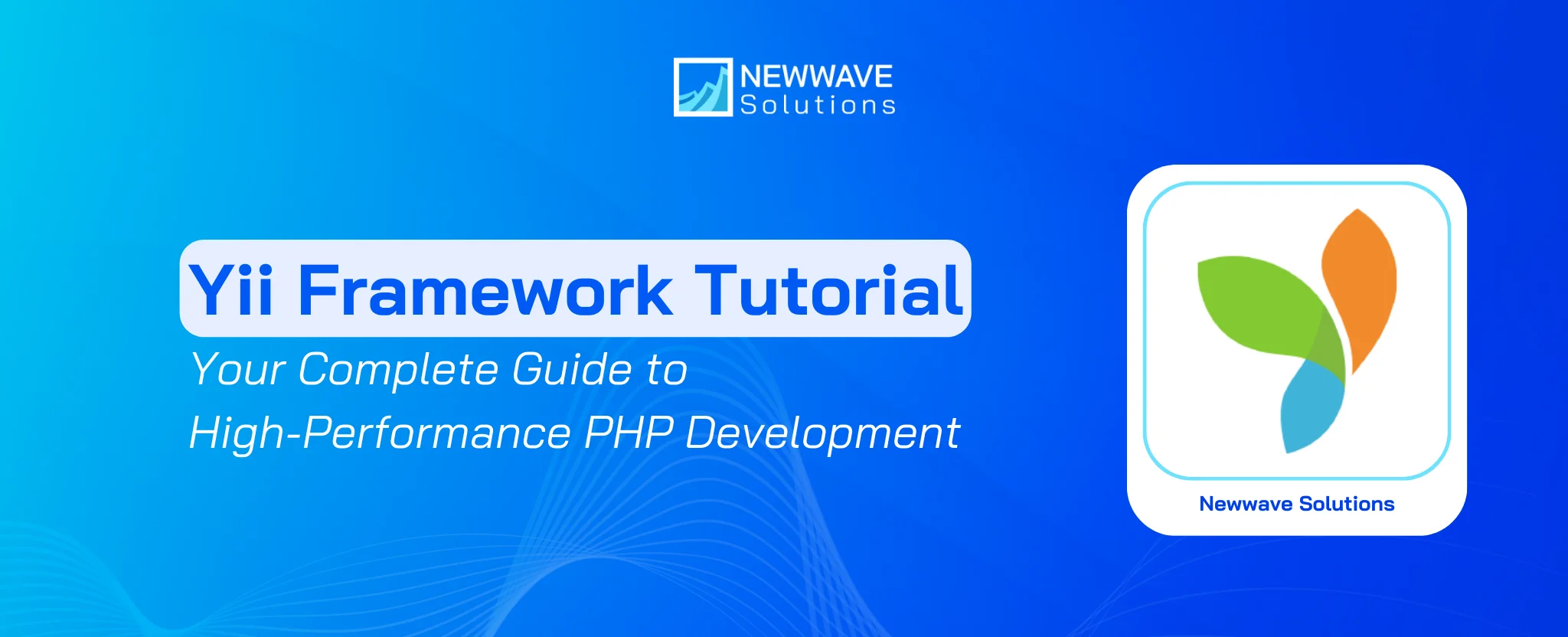
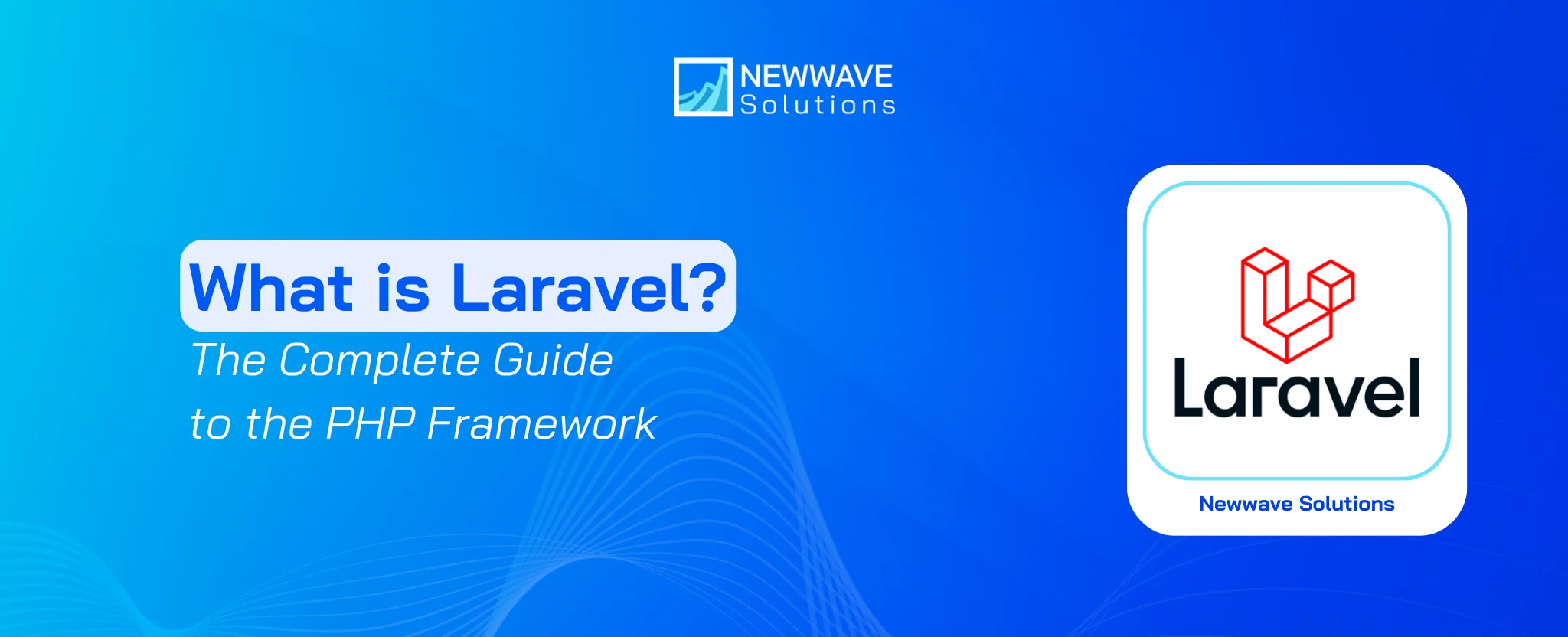

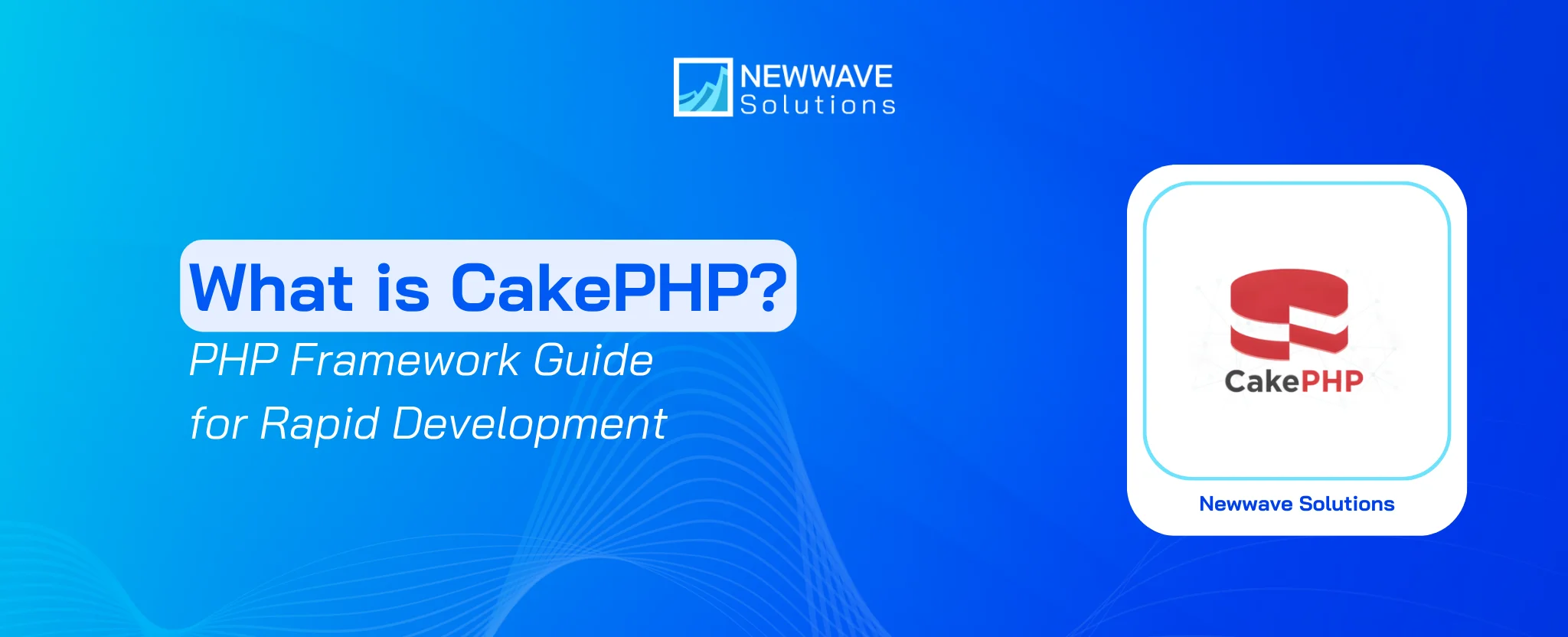
Leave a Reply